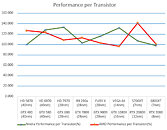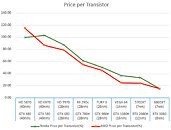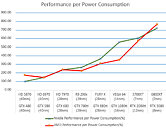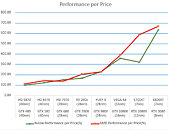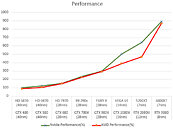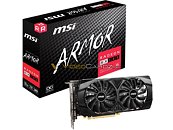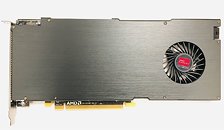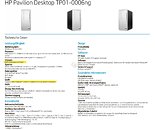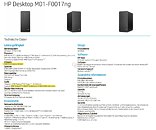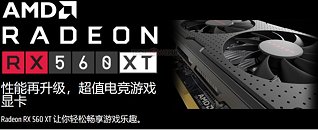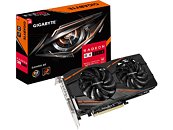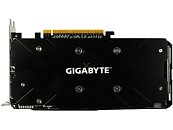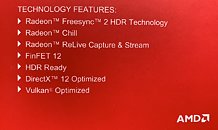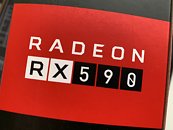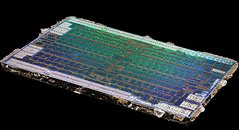Back in the glory days of ATI Radeon, the XT brand extension denoted the better-endowed variant among two or more graphics card models based on the same silicon, such as the Radeon HD 2900 XT. After AMD's takeover, the XT, Pro, XL, and other lesser used extensions such as XTX and All-in-Wonder were retired in favor of numerical variant numbers, beginning with the HD 3870. The company continued to use "XT" and "Pro" internally to differentiate ASIC variants, although those monikers were seldom if not never used in marketing materials. That's about to change. AMD launched its first overtly XT brand-extended product in close to 15 years, with the China-specific Radeon RX 560 XT, but alas, it's a lousy re-brand.
The RX 560 XT is positioned between the RX 560 4 GB and RX 570 4 GB, and is based on the "Polaris 20" or "Polaris 30" silicon (we don't know which). AMD enabled 28 out of 36 NGCUs on this silicon, resulting in 1,792 stream processors, 112 TMUs, and 32 ROPs. The memory is 4 GB across a 256-bit wide memory interface, although the memory clock-speed is dialed down to 6.6 Gbps (211.2 GB/s). What makes the RX 560 XT a re-brand is that AMD launched an SKU with the same exact specifications, called Radeon Pro 570, and there are several odd-ball RX 570-branded cards in the wild with this core-config. There's no reference-design board of the RX 560 XT, and the SKU is entirely in the hands of board partners to come up with custom-designs of their own.
Update: AMD has informed us that the RX 560 XT is based on the 14 nm "Polaris 10" silicon, and not "Polaris 20" or "Polaris 30." Polaris 10 is the first implementation of the "Polaris" architecture.





















